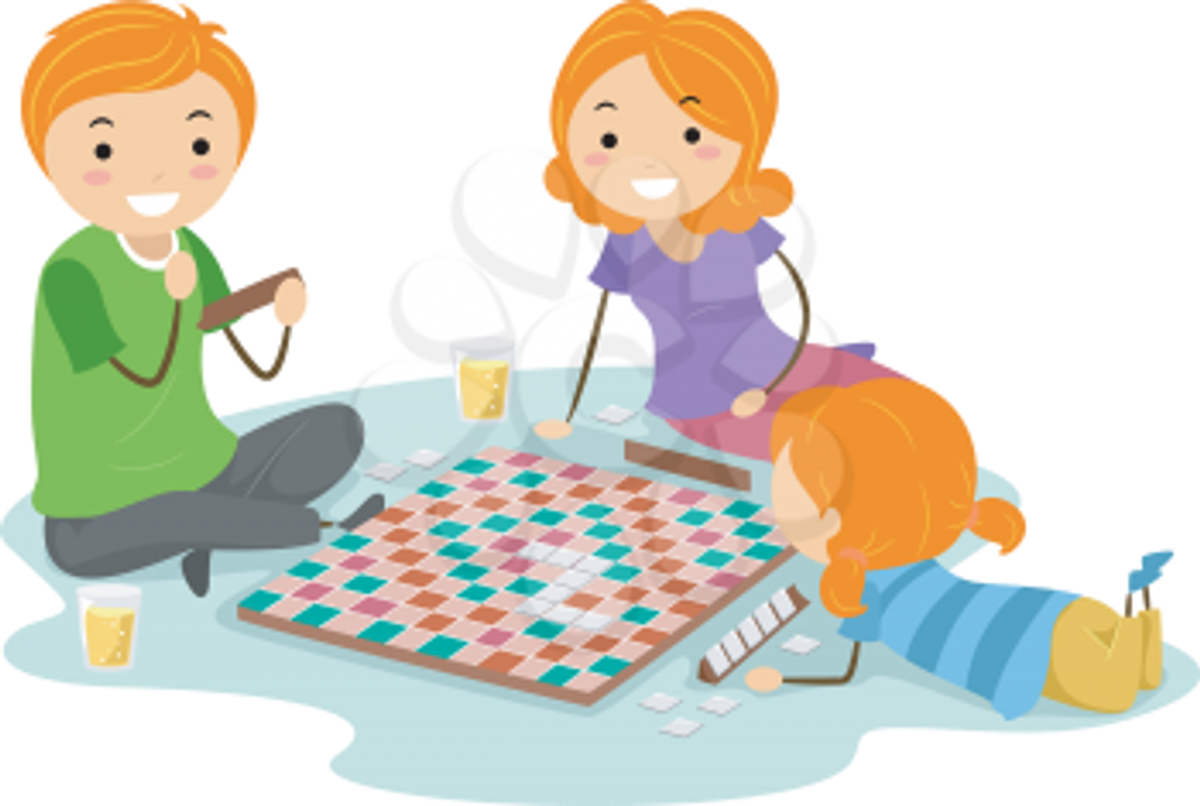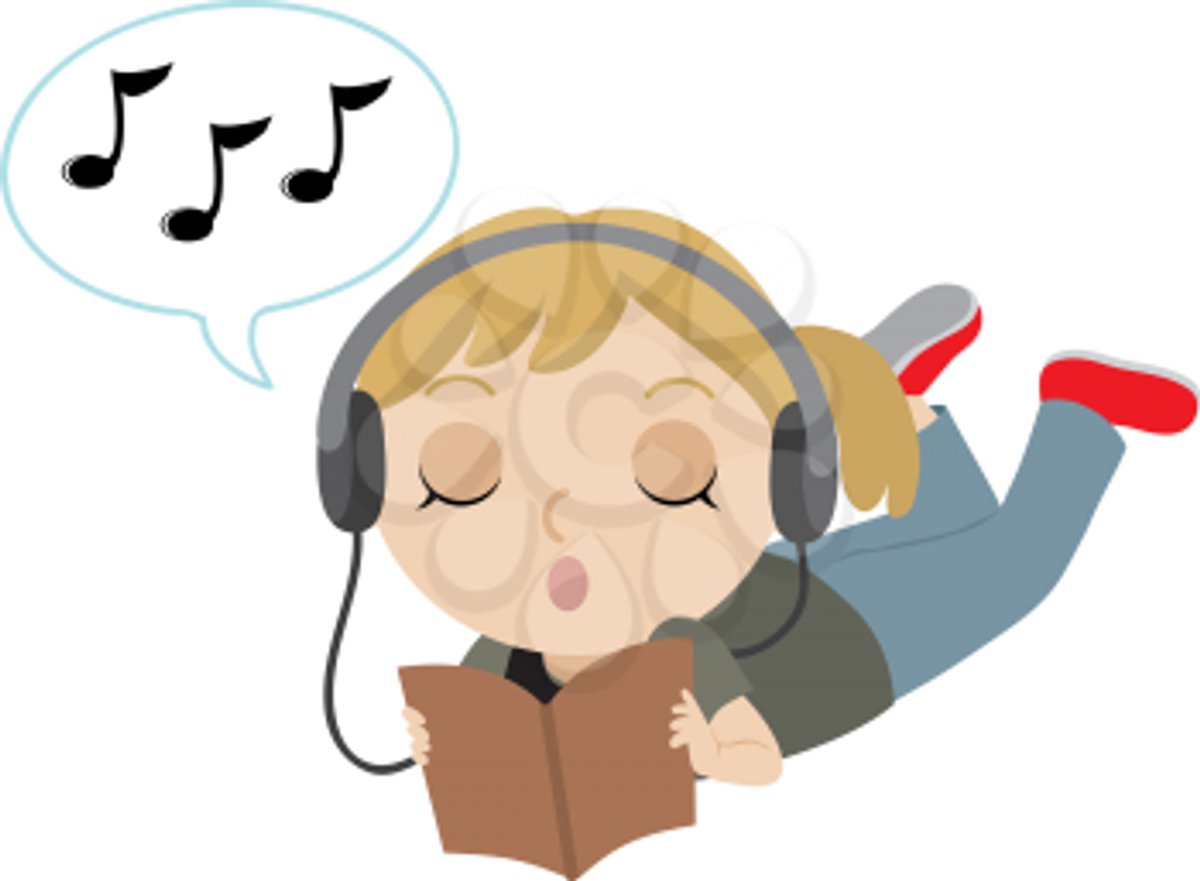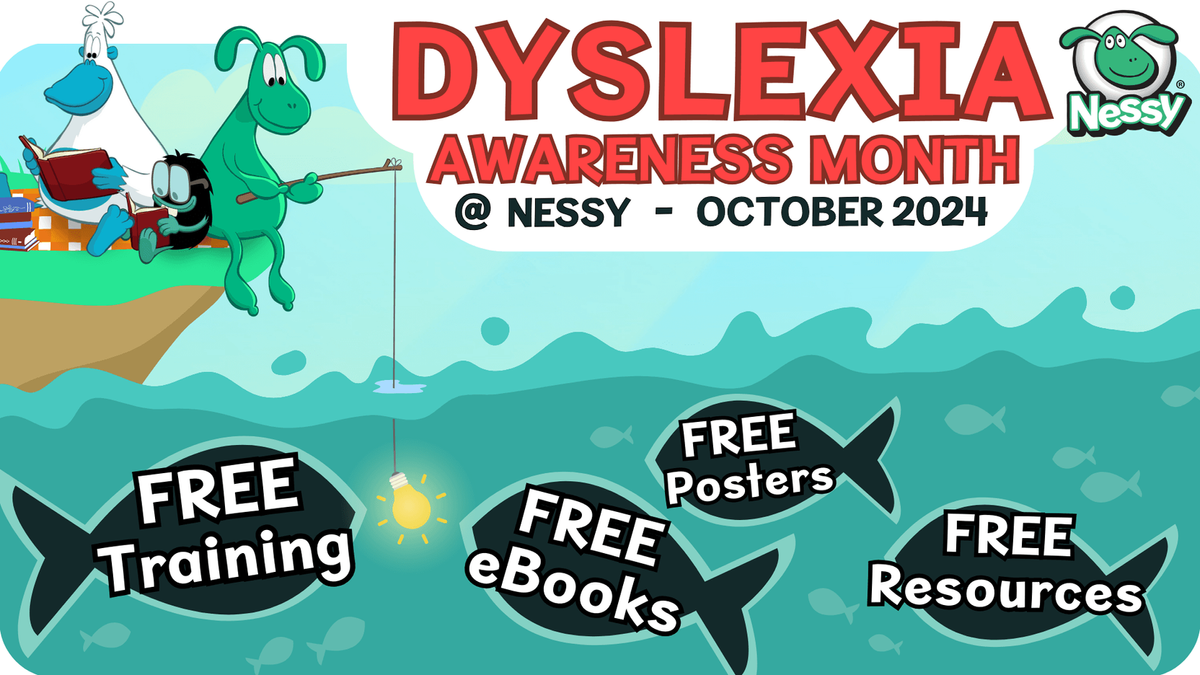Wellbeing News

Respectful Relationships
This term during Respectful Relationships the students are exploring Topic 5: Stress Management. The activities within this topic aim to assist students to identify and describe personal coping skills and explain how these contribute to family and school life. The students have opportunities to discuss how they can use self-calming strategies to manage themselves in stressful situations.
Stress is a normal part of life, especially as children get older. Children who cope better with life’s stressors develop good mental health and well-being. Assisting students to recognise their signs and symptoms of stress and develop effective strategies will help children cope with challenges in the future. (Resilience, Rights and Respectful Relationships).
As a family, you might like to discuss:
- Where in your body do you feel stress? What does it feel like?
- What is a safe and healthy way for you to manage the stress you may feel? (You may like to use the list below to help you)
Take 3 belly breaths | Listen to music | Go for a walk | Watch a movie |
Do some colouring | Talk to someone about your worries | Hug your pet | Spend time on a favourite hobby |
Read a book | Play with a friend | Cook something you love | Do a mindfulness meditation |
Play a board game | Do a puzzle | Dance | Make something fun |
October is Dyslexia Awareness Month
What is Dyslexia?
Dyslexia can be said to be an unexpected and persistent challenge with acquiring and using written language.
Dyslexia is increasingly being seen as a difference in language and cognition - Singleton
Understanding Dyslexia:
Dyslexia is not a disease! The word dyslexia comes from the Greek language and means difficulty with words.
Individuals with dyslexia have trouble with reading and spelling despite having the ability to learn. Individuals with dyslexia can learn, they just learn in a different way. Often these individuals, who have talented and productive minds, are said to have a language learning difference.
Dyslexia and reading difficulties are on a Continuum:
Dyslexia occurs on a continuum from mild to severe and no two are alike. There is no cure for dyslexia since it is a brain-based difference, however with appropriate instruction aimed towards their learning needs, most can overcome their literacy difficulties and lead productive lives.
Central Difficulty:
A student with dyslexia will have a particular difficulty with single word reading networks that are brain based (neurological). Dyslexia is not a problem with comprehension. Individuals with dyslexia are able to use higher level language skills to support their reading of connected text (stories) and this ability to ‘compensate’ may mask their underlying difficulties with single word reading (decoding).
The central difficulty for a student with dyslexia is to convert letter symbols to their correct sound (decode) and convert sounds to their correct written symbol (spell). Research into dyslexia subtypes indicates that poor visual (i.e., orthographic) coding can also be part of the difficulty.
What causes dyslexia?
Dyslexia is Highly hereditary. A difference in the way the brain works. Problems in the development of phonological awareness.
What are the primary indicators of dyslexia?
- Problems learning the letter sounds for reading (decoding) and spelling (encoding)
- Difficulty in reading single words, such as on flash cards and in lists (decoding)
- Lack of accuracy and fluency when attempting to read (and decode)
- Reading slowly with many mistakes
- Poor spelling
- Poor visual gestalt / coding (orthographic coding)
Paying attention to empowerment, emotional intelligence and self-esteem is vital when it comes to dyslexia and associated reading challenges. - Jodi Clements
Strengths of dyslexia:
The ADA supports the Difference Theory, that is that we need to be careful assuming that challenges in language and literacy equate to innate challenges in other areas. The Difference Theory is producing more and more research that individuals with dyslexia can and do have remarkable abilities in other areas.
Often individuals with dyslexia are very capable so whilst the challenges need to be addressed, there is a very high need to identify and cultivate their strengths whilst minimising their weaknesses - ADA
Research has indicated that we should be wary about automatically assuming that language processing difficulties/differences or cognitive difficulties/differences associated with dyslexia are deficits. Some of the cognitive differences that dyslexic individuals display may actually confer advantages for some kinds of thinking or encourage them to find different paths to learning.
The following are some of the strengths that individuals with dyslexia may display:
- Inquiring mind
- Problem Solving
- Comprehending new ideas
- Generating ideas Analytic thinking
- Creative thinking
- 3-D construction
- Finding different strategies
- Seeing the big picture
- Insightful thinking
References: Singleton, The Dyslexic Advantage, The Difference Theory (Dr. G.Sherman and Associates)
Wellbeing Team
Kathy Blythe
Wellbeing Leader
Chiara Genovese
Learning Diversity Leader
Simone Whitehead
Family Engagement Leader









